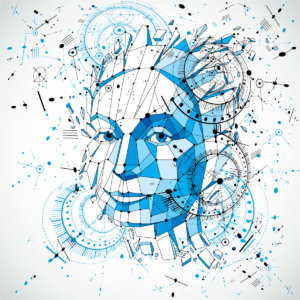How Digital Media Will Bring Out Our Best Selves in the Workplace
Tomorrow’s most effective individuals will combine their personal capabilities with customized digital boosters.
Topics
Artificial Intelligence and Business Strategy
In collaboration with
BCGTechnology now touches and transforms every aspect of personal productivity in the workplace. Mobile devices, bots, and digital assistants are ubiquitous, while managers increasingly use key performance indicator (KPI) dashboards to monitor and measure employee performance. In industry after global industry, effectively collaborating with technology is as important as effectively collaborating with people.
Continually boosting the value of employees in this environment — especially knowledge workers — poses a difficult design challenge. Designing and training smarter algorithms may be cheaper and easier than retraining smart people. Advocates of autonomous systems and machine learning typically innovate to minimize or marginalize human involvement in business processes. For them, people are part of the problem, not the solution.
Organizations that take productivity seriously, however, understand that false dichotomies make poor investments: Smarter machines can — and should — be keys to unlocking greater returns from human capital.
My latest research suggests a novel and perhaps counterintuitive approach to the future of personal productivity. This approach, influenced more by behavioral economics insights than algorithmic innovation, challenges popular, data-driven digital paradigms.
The premise is that digital technology can drive greater self-awareness and self-assessment about how individuals create and contribute to enterprise value. The design focus shifts from digital assistants to digital assistance. Think of an AI that stands for “Augmented Introspection” as well as “Artificial Intelligence.”
The Workforce Driver: A Need for Higher-Performance Versions of Employees
As workforces confront more agile and adaptive global competition, traditional competencies and typical or ordinary personal performance growth may no longer suffice. That’s one reason digital innovators have focused on automating people out of processes or giving them “smarter tools” to better perform their tasks.
The rise of apps, bots, software agents, and digital assistants — such as Amazon’s Alexa, Apple’s Siri, and Microsoft’s Cortana — has been remarkable. Acoustic agents and textual chatbots that respond to human requests are becoming integral to human effectiveness both at home and at work. Nevertheless, their increasing intelligence and ingenuity should not be allowed to define or dominate personal productivity debates. Yes, the prevailing agent/bot paradigm offers up smarter and better digital actors to do one’s bidding, but that bidding is done for the same old self.


Comments (3)
Olivier Malafronte
Nik Zafri Abdul Majid
Tinko Stoyanov